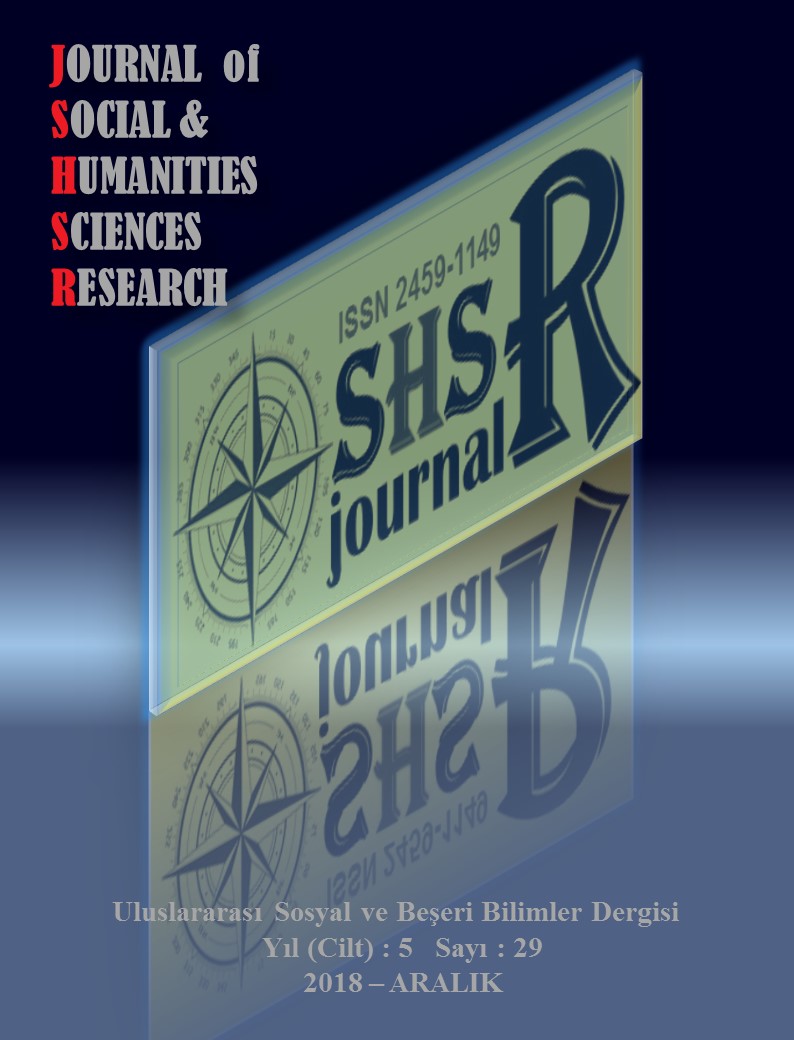ORTA ÇAĞ'A AİT BİR YAZIHANE/NAKKAŞHANE ÖRNEĞİ OLARAK KONSTANTİNOPOLİS'TEKİ GALAKRENAİ MANASTIRI VE GREGORİOS NAZİANZENOS'UN LİTURJİK HOMİLİYE KOPYASI: VAT. GR. 463
DOI:
https://doi.org/10.26450/jshsr.827Anahtar Kelimeler:
Sanat tarihi, Bizans sanatı, Galakrenai Manastırı, el yazması, minyatürÖzet
Bizans el yazmaları, İmparatorluğun başkenti Konstantinopolis'te saray ve özel atölyelerin yanısıra manastırlardaki atölye veya
yazıcı odalarında üretildi. R. Janin'in belirttiği üzere 6. yüzyılın ilk yarısında varlık gösteren ve kentin bugünkü tarihi yarımada
kısmında kurulmuş olduğu tahmin edilen Galakrenai Manastırı bu kuruluşlar arasında yer alıyordu. Manastırın 11. yüzyılın
üçüncü çeyreğinde el yazması üretiminde faaliyet gösterdiğine ilişkin kanıt olarak günümüze ulaşan -bilinen- tek eser
bulunmaktadır. Eser günümüzde Vat. Gr. 463 envanter numarasıyla Vatikan Kütüphanesi'nde (BAV) yer alır. Bu eser tarihli
bir kolophonla birlikte 4. yüzyılın Kilise Babaları'ndan Gregorios Nazianzenos'un Liturjik Homiliyelerini içerir. El yazması
manastırın presbyteros'u Theodoros'un isteği üzerine onun çırağı keşiş Symeon tarafından miniskül harflerle özenle kopya
edilmiştir. Eser zengin bir işçilikle yapılmış bir tam sayfa minyatür, inisyal ve tezhiplerle süslenmiştir. Eserin minytürlerinde
iki ressam çalışmıştır. Ressamlardan birinin aynı zamanda bugün Vatikan Kütüphanesi'nde Vat. Gr. 333 envanter numarasıyla
korunan Eski Ahit-Krallar kopyasının minyatürlerini yaptığı belirlenmiştir
İndir
Yayınlanmış
Nasıl Atıf Yapılır
Sayı
Bölüm
Lisans
Telif Hakkı (c) 2018 International JOURNAL OF SOCIAL HUMANITIES SCIENCES RESEARCH

Bu çalışma Creative Commons Attribution 4.0 International License ile lisanslanmıştır.


